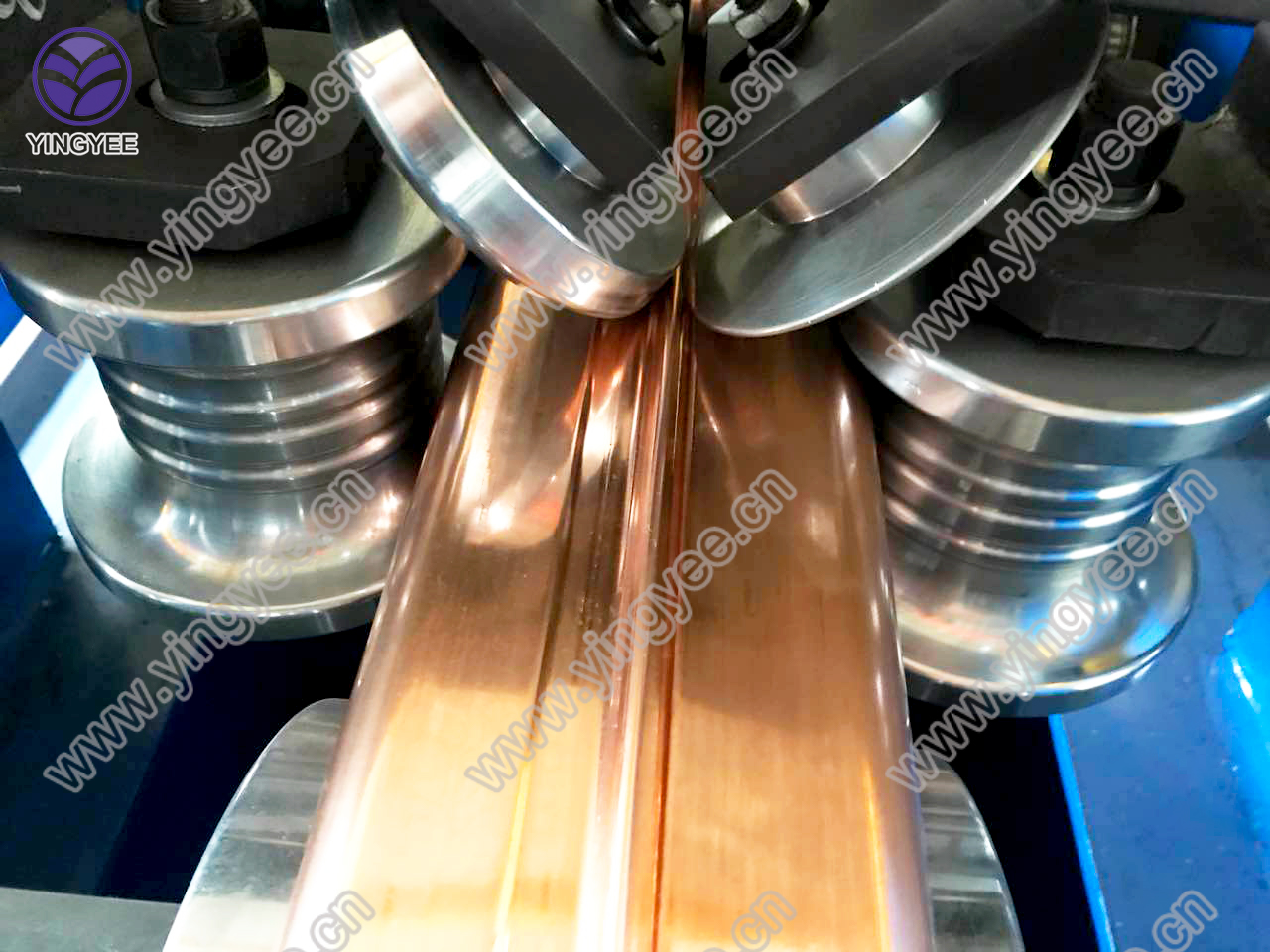
The Main Furring Roll Forming Machine Revolutionizing Construction and Design
In the ever-evolving landscape of construction and design, efficiency, durability, and aesthetic appeal are key considerations for contractors and builders. Among the innovative tools and machinery that have emerged to meet these demands is the main furring roll forming machine. This equipment has become indispensable in the construction industry, particularly in the production of furring channels, which are crucial components in drywall and ceiling installations.
What is a Furring Channel?
Furring channels are thin metal strips used to create a framework that supports the installation of drywall, ceilings, and other finishes. They provide a level surface for attaching drywall and help prevent moisture, thus protecting structural integrity. Furring channels are typically made of steel, which offers excellent strength and resistance to fire and decay, making them ideal for both residential and commercial construction.
How Does a Roll Forming Machine Work?
A furring roll forming machine operates through a precise and continuous process. The machine takes flat metal sheets and shapes them into furring channels using a series of rollers. Each pair of rollers bends the metal progressively until the desired profile is achieved. Advanced roll forming machines can be equipped with features that enhance their capabilities, including automatic material feeding, cutting, and punching systems that integrate seamlessly into the production line.
The flexibility of the roll forming process allows for customization in the design of the furring channels, enabling manufacturers to cater to specific customer requirements. The machine can produce various sizes and shapes, which is crucial in accommodating the diverse needs of construction projects.
Advantages of Using a Main Furring Roll Forming Machine
1. Efficiency One of the primary advantages of using a roll forming machine is its efficiency. The continuous operation allows for the rapid production of large quantities of furring channels, which can help meet tight deadlines in construction projects.

2. Cost-Effectiveness With higher production rates and lower labor costs, companies can enjoy significant savings. The automation of the roll forming process reduces the need for manual labor, further cutting down on operational expenses.
3. Precision Modern roll forming machines are equipped with advanced technology that ensures high levels of accuracy. This precision is critical, as misaligned channels can lead to complications during installation, resulting in increased labor costs and potential structural issues.
4. Durability The steel used in furring channels is known for its structural capabilities. When produced using a roll forming machine, these channels maintain consistent quality and strength, contributing to the overall durability of construction projects.
5. Versatility The main furring roll forming machine can be adapted to produce various profiles and dimensions. This versatility makes it suitable for a wide array of applications, from residential homes to large commercial buildings.
The Future of Furring Roll Forming Machines
As technology continues to advance, the capabilities of roll forming machines will also evolve. Innovations such as smart manufacturing and Industry 4.0 will likely introduce even more efficiency and automation into the production processes. The incorporation of artificial intelligence could enable real-time monitoring of the production line, predicting maintenance needs and reducing downtime.
Additionally, there is a growing emphasis on sustainable building practices. As the construction industry moves towards more eco-friendly solutions, manufacturers may look to refine their roll forming processes to minimize waste and energy consumption, providing a greener alternative to traditional construction methods.
Conclusion
The main furring roll forming machine represents a significant advancement in construction technology. It not only streamlines the production of critical components like furring channels but also enhances the overall efficiency and quality of construction projects. As the industry continues to embrace innovation, the roll forming machine is poised to play a central role in shaping the future of building and design, ensuring that projects are completed on time, within budget, and to the highest standards.